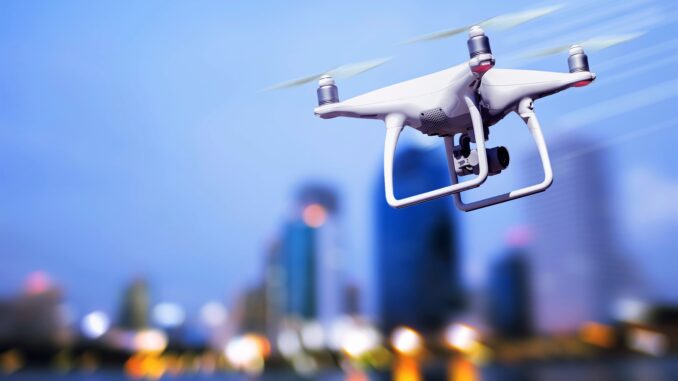
How to Use Drones Like a Pro – As drone technology has advanced rapidly in recent years, drones have found their way into a myriad of professional applications, from aerial photography and videography to delivery services, infrastructure inspection, and more. In this blog post, we will delve into the essentials of using drones, offering tips and best practices for professionals who want to maximize the potential of these versatile devices.
1. Choose the Right Drone for Your Needs
Before you can start using a drone professionally, you need to select the right one for your specific needs. Here are some factors to consider when choosing a drone:
- Purpose: Determine the primary goal of using the drone. If you’re a photographer, you might want a drone with a high-quality camera and gimbal system for stable footage. If you plan to use the drone for mapping or surveying, opt for one with advanced GPS capabilities and longer flight times.
- Budget: Professional drones can range from a few hundred to several thousand dollars. Establish your budget beforehand to narrow your search.
- Flight time: The longer the flight time, the more you can accomplish in a single flight. Consider drones with higher-capacity batteries and energy-efficient motors.
- Payload capacity: Some drones are designed to carry additional equipment, like cameras or sensors. Make sure your drone can support the weight and size of the payloads you plan to use.
2. Learn the Rules and Regulations
Before you start flying your drone, familiarize yourself with the rules and regulations in your area. In many countries, drone operators must abide by specific guidelines related to airspace, altitude, and proximity to people and property. You may also need to register your drone and obtain any relevant certifications or licenses.
3. Master the Basics of Drone Flight
Before using a drone for professional purposes, ensure that you are comfortable with its basic operation. Practice basic maneuvers like takeoff, landing, hovering, and flying in different directions. You should also learn how to use the drone’s return-to-home (RTH) feature in case of an emergency.
4. Plan Your Missions
Before each flight, plan your mission by considering factors like weather conditions, flight paths, and airspace restrictions. Use tools like Google Earth or drone-specific flight planning software to visualize your intended route and identify any potential obstacles.
5. Maintain Your Drone
Regular maintenance is crucial to ensure the longevity and performance of your drone. Check for any signs of wear or damage before and after each flight, and replace any damaged components as needed. Keep your drone’s firmware up to date and calibrate its sensors regularly.
6. Practice Safe Flying Habits
Safety should always be a priority when operating a drone. Maintain a line of sight with your drone at all times, and avoid flying near people, property, or other aircraft. Be prepared for unexpected situations, such as battery failures or GPS signal loss, by having a contingency plan in place.
7. Develop Your Skills
To truly excel as a drone pilot, continue honing your skills through practice and learning from other professionals. Join drone forums, attend workshops, and watch online tutorials to stay informed about the latest techniques and technologies in the industry.
8. Leverage Drone Accessories and Software
Maximize your drone’s potential by using accessories and software designed for your specific needs. For example, photographers can use filters and lens hoods to improve image quality, while surveyors can use mapping software to process and analyze data collected during flights.
In conclusion, using drones professionally requires a combination of selecting the right equipment, understanding the rules and regulations, mastering basic flight skills, and continually refining your techniques. By following these tips and best practices, you can unlock the full potential of drones and elevate your professional endeavors to new heights.
Leave a Reply